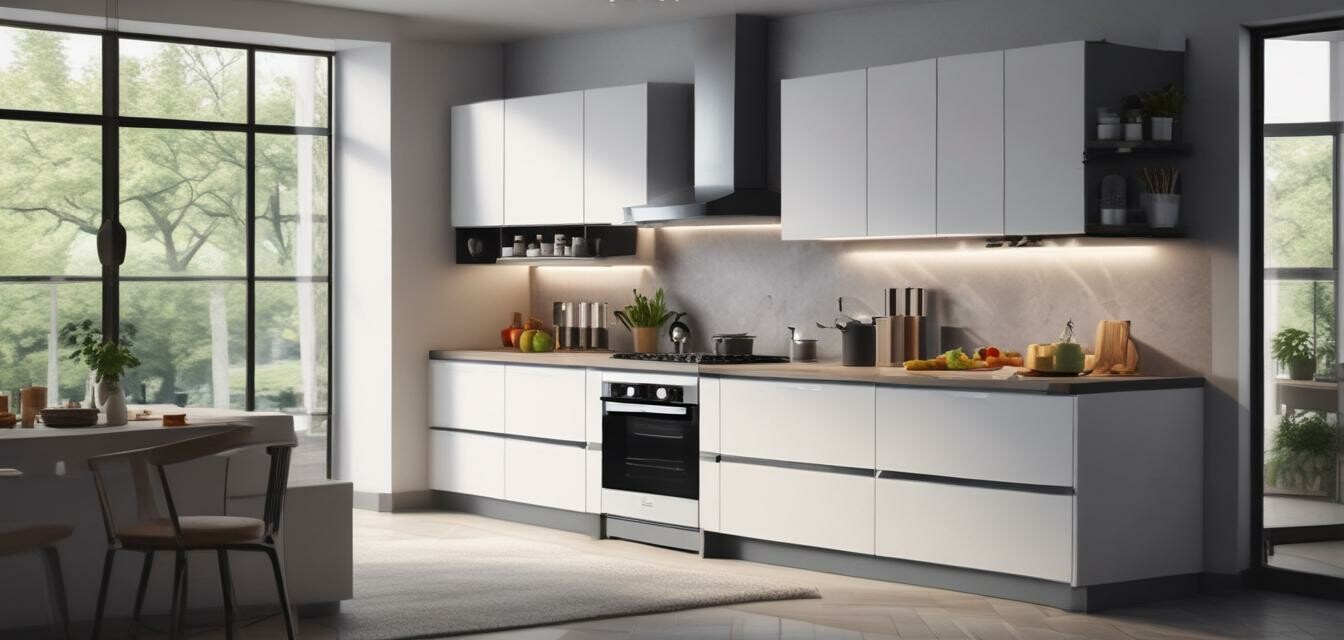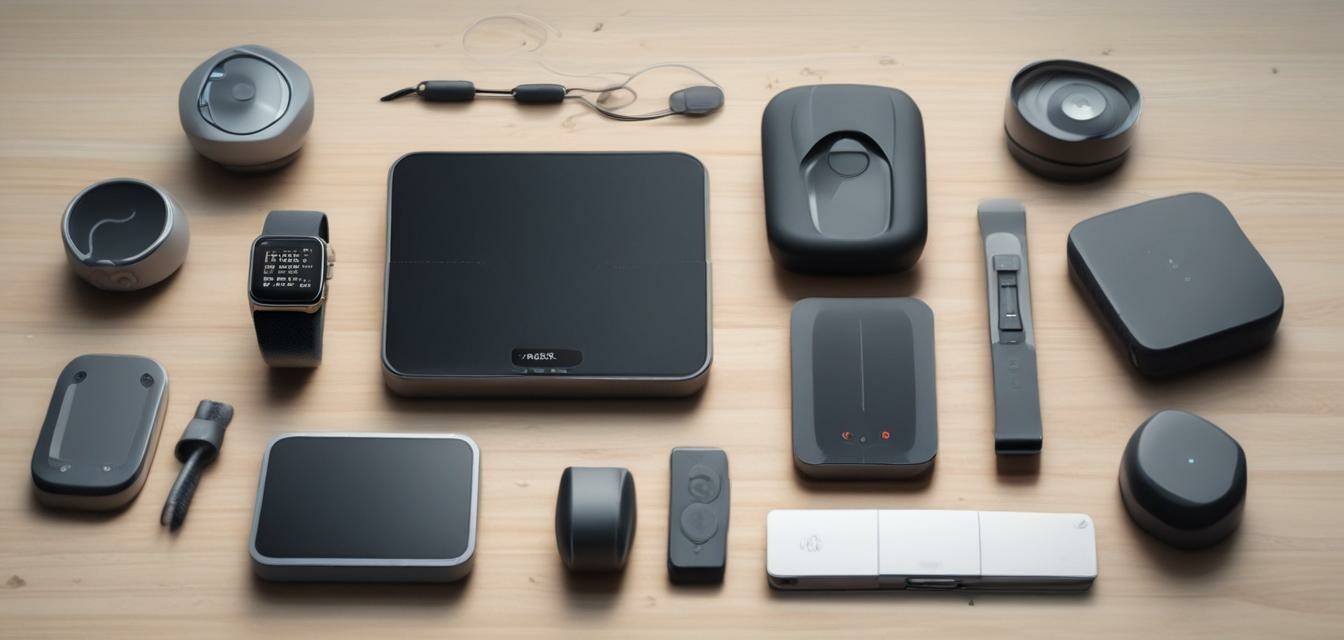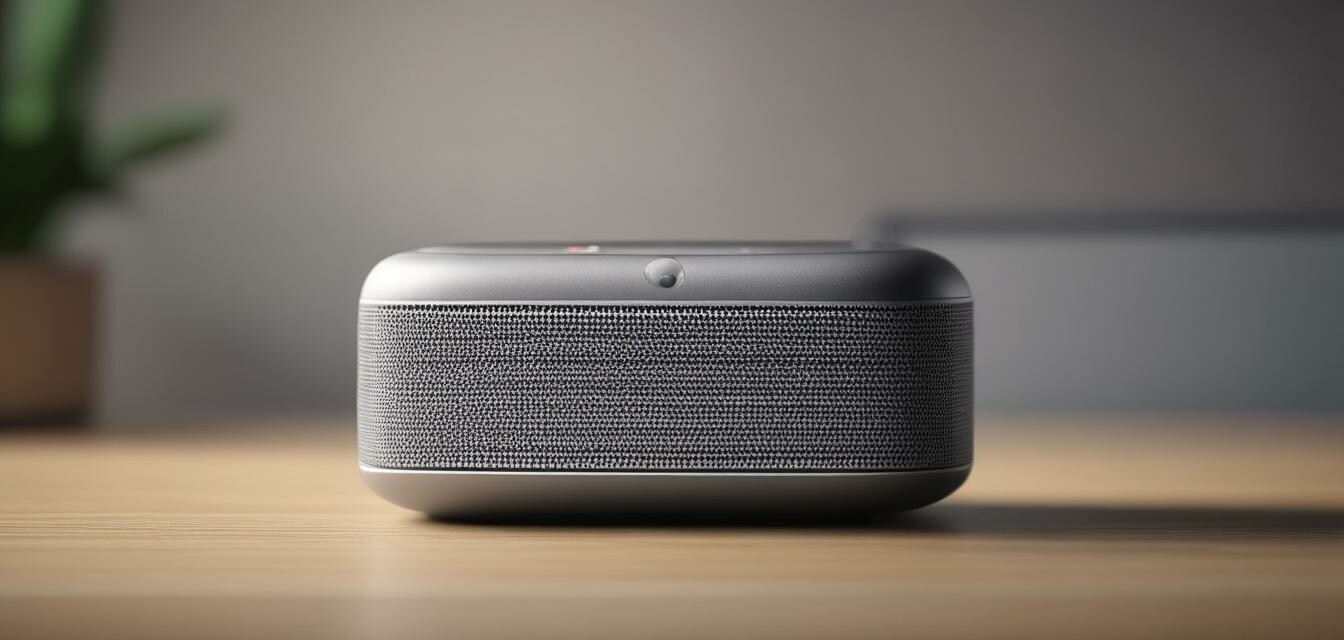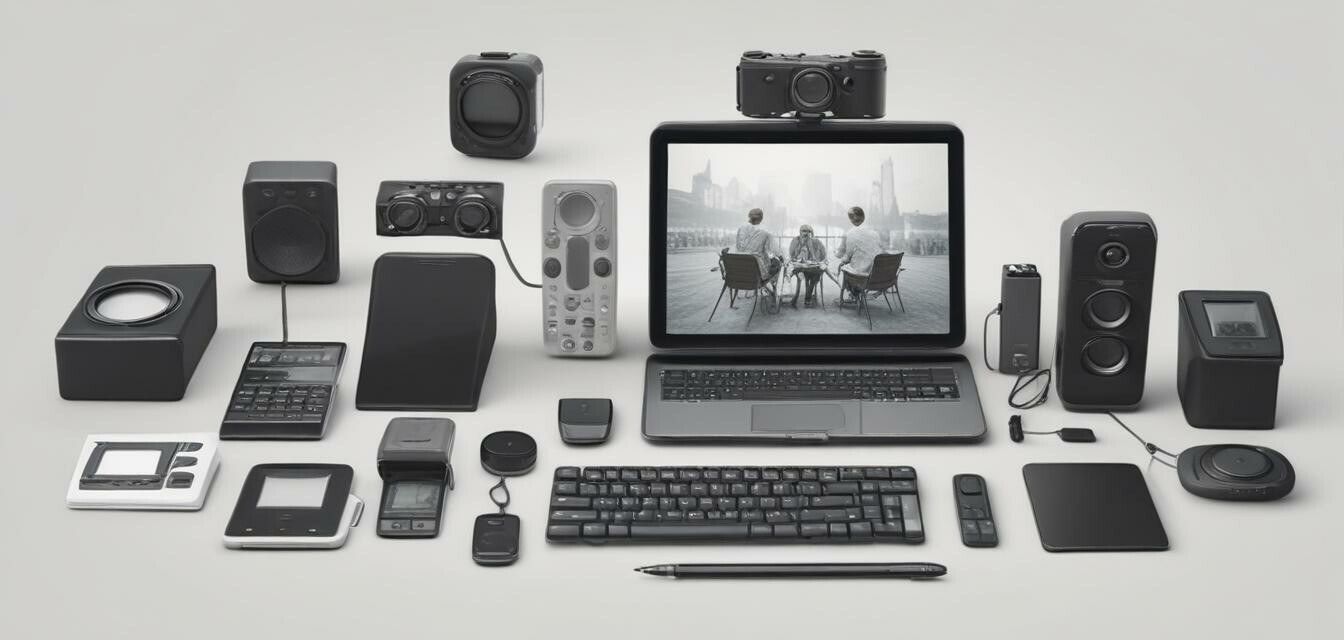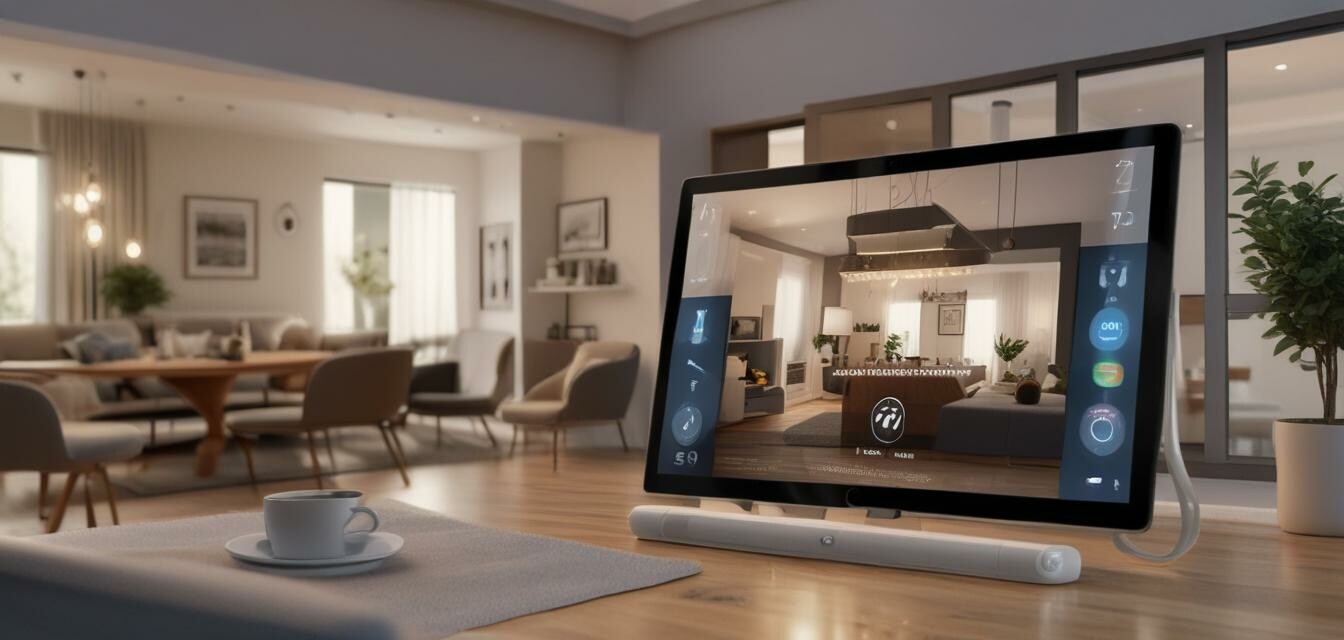
Accessibility Aids: Improving Independent Living for Seniors
As we age, our homes can become less accessible and more challenging to navigate. Fortunately, smart technology has paved the way for innovative accessibility aids that can greatly improve the quality of life for seniors. In this article, we'll explore the various smart tools and aids that can enhance accessibility and usability in the home.
Key Takeaways
- Smart home devices can greatly improve accessibility and independence for seniors.
- Accessibility aids can be categorized into four main areas: communication, daily living, mobility, and safety.
- When choosing accessibility aids, consider factors such as ease of use, compatibility, and cost.
What are Accessibility Aids?
Accessibility aids are devices or systems designed to assist individuals with disabilities or limitations, enabling them to live more comfortably and independently. In the context of smart homes, accessibility aids can be categorized into four main areas:
| Category | Description |
|---|---|
| Communication | Devices that facilitate communication, such as voice assistants and video conferencing tools. |
| Daily Living | Aids that assist with daily tasks, like smart kitchen appliances and automated lighting systems. |
| Mobility | Tools that enhance mobility, such as stairlifts and wheelchair-accessible devices. |
| Safety | Devices that ensure safety, including fall detection systems and medical alert systems. |
Communication Accessibility Aids
Effective communication is essential for seniors, and smart technology has made it easier than ever. Voice assistants, like those found in connected home assistants, can help with tasks such as:
- Setting reminders and alarms
- Controlling smart devices
- Making hands-free calls and sending messages
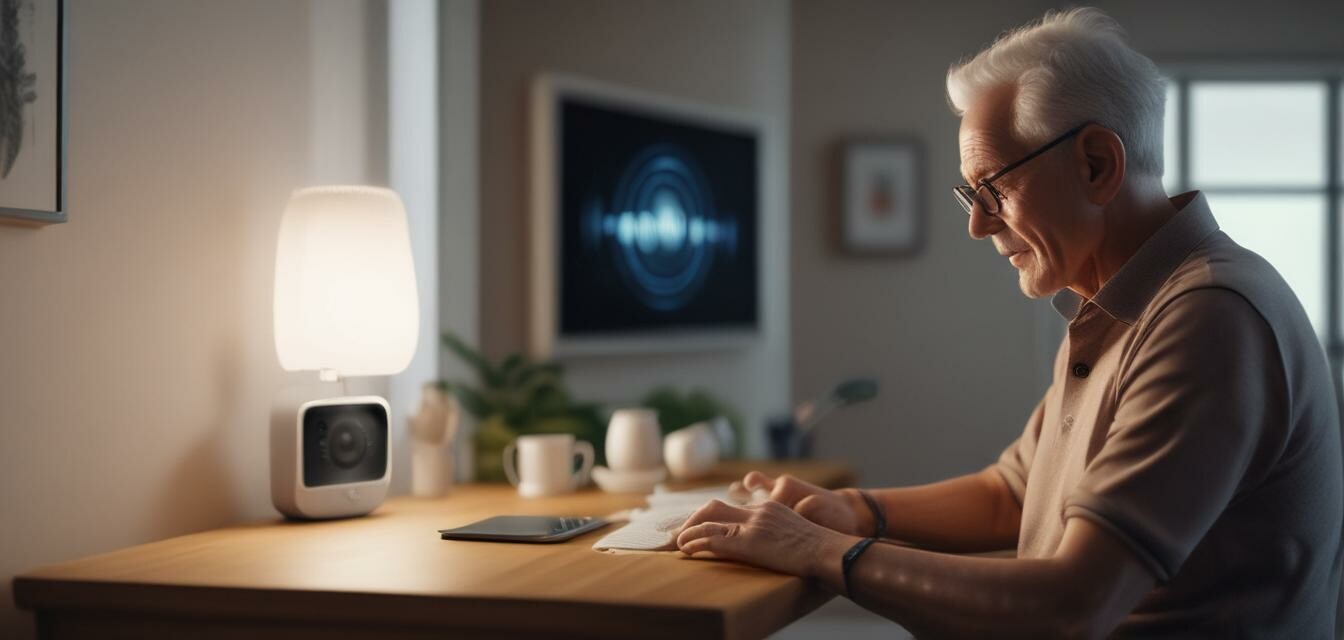
Daily Living Accessibility Aids
Daily living aids can greatly simplify tasks and make life easier for seniors. Some examples include:
- Smart kitchen appliances, such as slow cookers and coffee makers, that can be controlled remotely
- Automated lighting systems that adjust to the time of day or ambient light
- Smart thermostats that can be controlled using a voice assistant or mobile app
| Device | Benefits |
|---|---|
| Smart Slow Cooker | Allows seniors to prepare meals easily and safely, with remote monitoring and control. |
| Automated Lighting System | Enhances safety and convenience by automatically adjusting lighting levels. |
Mobility Accessibility Aids
Mobility aids can greatly improve independence and confidence for seniors. Some examples include:
- Stairlifts that enable easy access to multiple levels of the home
- Wheelchair-accessible devices, such as smart doorbells with video calling
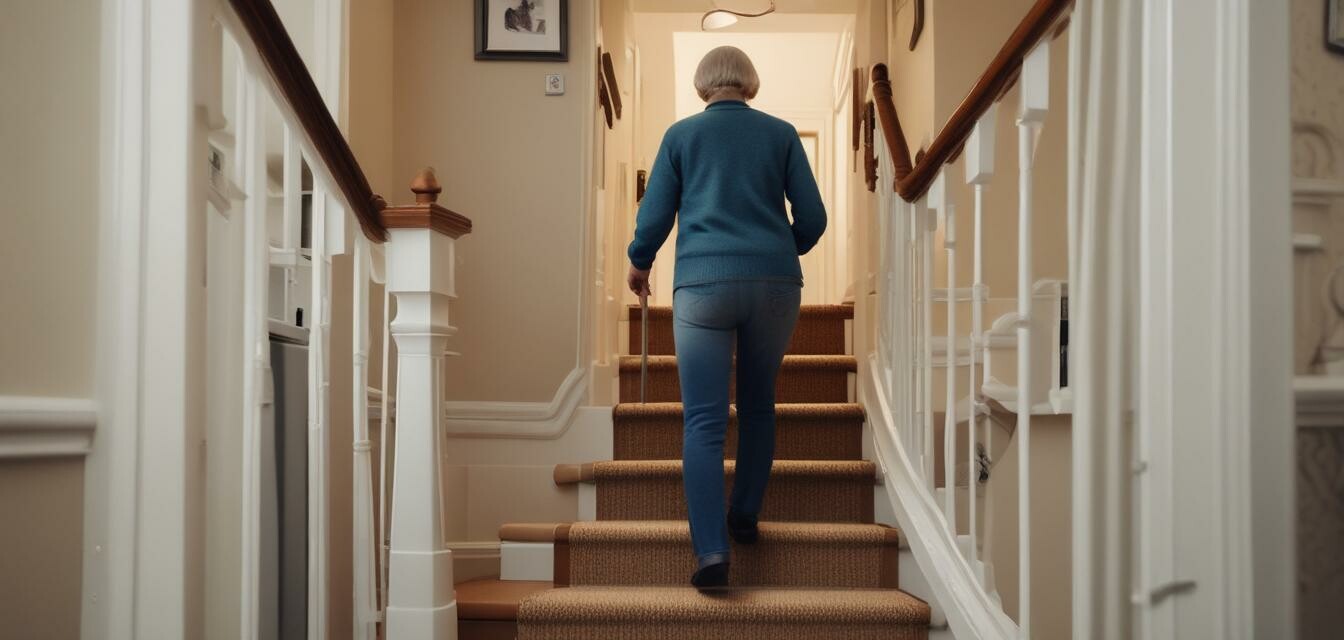
Safety Accessibility Aids
Safety is a top priority for seniors, and smart technology can provide an added layer of security. Some examples include:
- Fall detection systems that alert caregivers or emergency services in the event of a fall
- Medical alert systems that enable seniors to quickly call for help in emergency situations
| Device | Benefits |
|---|---|
| Fall Detection System | Provides peace of mind for seniors and caregivers, ensuring prompt assistance in the event of a fall. |
| Medical Alert System | Enables seniors to quickly call for help in emergency situations, providing a sense of security and independence. |
Choosing the Right Accessibility Aids
When selecting accessibility aids, consider the following factors:
- Ease of use: Choose devices with intuitive interfaces and simple controls.
- Compatibility: Ensure devices are compatible with existing smart home systems and devices.
- Cost: Consider the cost of the device, as well as any ongoing subscription or maintenance fees.

Benefits of Accessibility Aids
- Enhanced independence and confidence
- Improved safety and security
- Easier communication and connection with loved ones
Challenges of Accessibility Aids
- Initial setup and installation can be complex
- Ongoing maintenance and updates may be required
- Cost can be a barrier for some seniors
Tips for Seniors and Caregivers
- Consult with a healthcare professional or caregiver to determine the most suitable accessibility aids.
- Start with simple devices and gradually introduce more complex technology.
- Consider enlisting the help of a technology-savvy friend or family member to assist with setup and maintenance.
Accessibility aids can greatly improve the quality of life for seniors, enabling them to live more comfortably and independently. By understanding the various categories and benefits of accessibility aids, seniors and caregivers can make informed decisions about the best tools for their needs.

